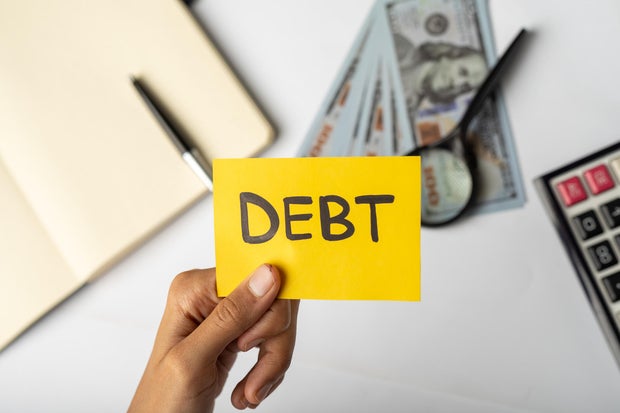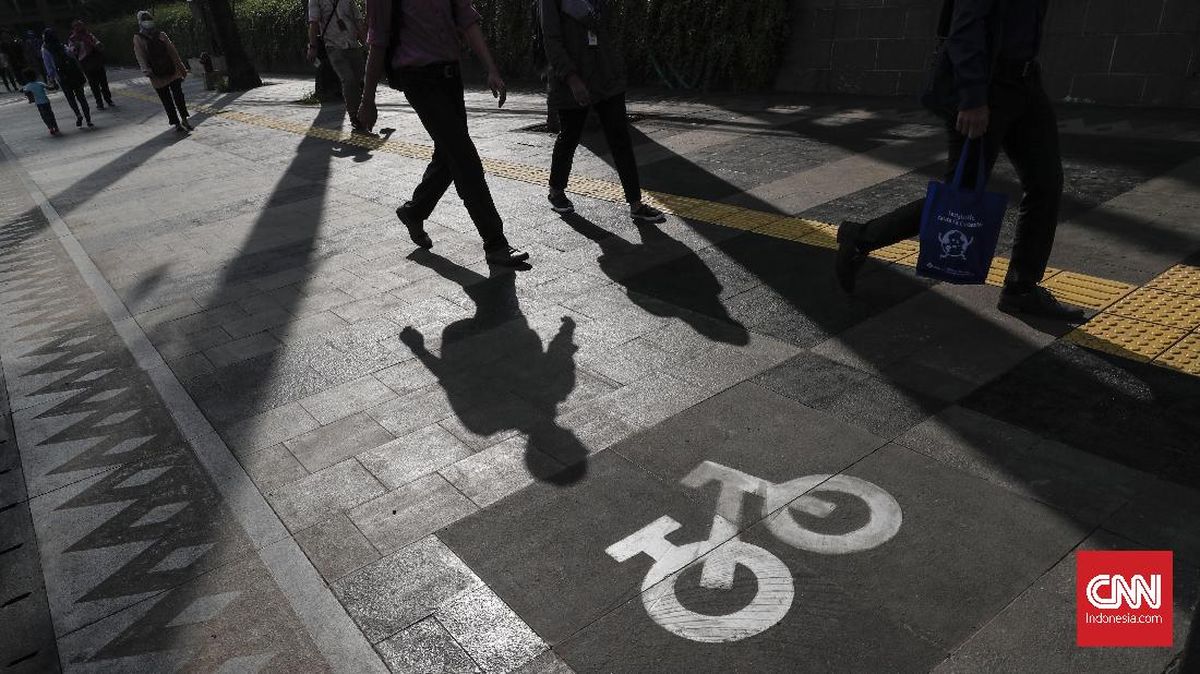 The debt forgiveness process may go more smoothly if you take a few simple steps to prepare beforehand.
Getty Images
The debt forgiveness process may go more smoothly if you take a few simple steps to prepare beforehand.
Getty Images
High credit card balances can feel impossible to escape, especially right now, as today's high credit card interest rates can cause the interest charges to compound quickly. And, that's especially true for those making just the minimum payments, as the majority of that money goes toward interest rather than the principal balance. As the balance on your credit card grows, though, debt forgiveness — which is a debt relief strategy where you try to settle your debt for less than what's owed — may feel like the only way out.
But while credit card debt forgiveness can help you save substantial amounts compared to your current credit card debt, the process isn't as simple as calling up your credit card company and asking for part of your debt to be forgiven. Having any portion of your debt forgiven can be complex, requiring strategy, preparation, and in many cases, some tough trade-offs. If you rush in without a plan, you could hurt your credit, face unexpected tax bills or end up no better off than where you started.
So, if you're serious about pursuing credit card debt forgiveness this August, now is the time to prepare.
Find out how you can start the credit card debt forgiveness process today.
What to do if you want to qualify for credit card debt forgiveness this August
Taking the steps outlined below will help you prepare for the debt forgiveness process and could even improve your chances of success.
Stop using your credit cards immediately
If you're serious about pursuing debt forgiveness, you cannot continue adding to your balances, or you'll have a much harder time during the negotiation process. This might seem obvious, but it's a step many people struggle with. So, put your cards away, remove them from your wallet and delete them from any online shopping accounts.
The goal here is to avoid any new charges that could derail your debt relief efforts. Your creditors are much more likely to negotiate if they see you're not continuing to rack up bills while seeking relief. And, most debt forgiveness programs require that you stop using credit cards entirely anyway, so reining in your usage now will benefit you in multiple ways over the long run.
Learn more about debt forgiveness and your other debt relief options now.
Assess your debt and overall financial situation
Before you can pursue any form of debt relief, including debt forgiveness, you need to have a clear picture of exactly what you owe, so gather statements for every credit card, store card, and revolving credit account you have. Then, use that information to create a spreadsheet that includes the creditor name, current balance, minimum payment, interest rate and payment due date for each account. Don't forget about any cards you might have tucked away in a drawer, either. Those balances count, too.
Once you've completed this step, the inventory you've created will serve as your roadmap and help you prioritize which debts to address first. Many people are surprised to discover they owe more than they initially thought, making this exercise both eye-opening and essential.
Document your financial hardship
Creditors and debt relief programs want to see legitimate financial hardship before they'll consider forgiving portions of your debt, so start gathering documentation that supports your case. This can include recent pay stubs, unemployment notices, medical bills, divorce papers or any other paperwork that demonstrates why you're struggling financially.
You may also want to write a brief hardship letter explaining your situation in your own words, which should clearly outline the ongoing financial issues that are impacting your ability to pay. This documentation will be crucial whether you're working directly with creditors or through a debt relief company.
Vet debt relief companies carefully
When you pursue debt forgiveness, you can either attempt to negotiate directly with creditors on your own or you can work with a debt relief company instead. Taking a DIY approach requires confidence and persistence, but it can also save you thousands of dollars in debt relief fees.
However, many people choose to work with debt relief companies to negotiate on their behalf, as doing so can improve the odds of a successful settlement. Not all companies are reputable, though, so if you're going to take this route, be sure to do your homework and look for companies that:
- Don't require upfront fees (it's illegal for settlement firms to charge before settling at least one debt)
- Are accredited by reputable organizations and licensed in your state
- Clearly explain the risks, fees and timeline involved with their debt forgiveness programs
- Have a strong track record of success with credit card debt
Start saving for lump-sum settlements
Creditors are more likely to settle if you can offer a substantial payment upfront. So, it can be helpful to open a dedicated savings account and start setting aside every spare dollar you can to use toward those lump-sum settlement offers. This step can be helpful even if you're planning to use a debt relief company to help navigate the debt forgiveness process, as any company you work with will require you to put money aside each month for the same purpose. And remember: The more you can save, the stronger your negotiating position will be — and the faster you can resolve your debt.
The bottom line
Pursuing credit card debt forgiveness isn't a quick fix, but with proper preparation, it can provide a pathway out of overwhelming debt. And, the steps you take this August will set the foundation for the outcome, so take time now to do things like evaluate your finances, save for a settlement and document your hardship. The process isn't easy, but with the right groundwork, you'll be better positioned to negotiate with creditors and move one step closer to a debt-free future.
Angelica Leicht is the senior editor for the Managing Your Money section for CBSNews.com, where she writes and edits articles on a range of personal finance topics. Angelica previously held editing roles at The Simple Dollar, Interest, HousingWire and other financial publications.

















































